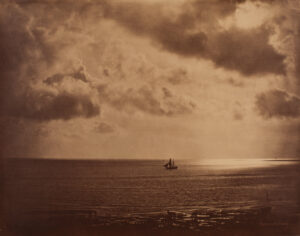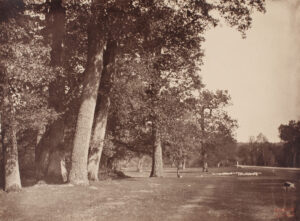Gustave Le Gray
French, 1820—1882
About
Gustave Le Gray
French, 1820—1882
Jean Baptiste Gustave Le Gray is recognized as one of the most important photographers of the 19th century because of his technical innovations in the medium, his role as a teacher to other noted photographers, and the extraordinary imagination he brought to picture making. Trained as a painter of portraits and landscapes, Le Gray was attracted in the 1840s to the artistic potential of photography. In 1848, he established an experimental photographic studio where he worked with paper negatives (calotypes), which gave his prints greater detail, later perfected the wet collodion on glass plate process, invented the wax paper negative, and used multiple negatives in a single print. Le Gray achieved extraordinary tonal nuances in his photographs, and accomplished photographers throughout France, including major figures such as Charles Negre, Maxime De Camp, Henri Le Secq, and Nadar, sought to learn his techniques. Gustave Le Gray authored several widely distributed instructional manuals, and established his reputation through landscape photographs of Fontainebleau Forest and Paris. In 1851, he became a founding member of the Societe Heliographique, the first photographic organization in the world, and later became a member and officer of the Societe Francaise de Photographie. Le Gray is best known for the large-format, dramatic and poetic seascapes he photographed between 1856 and 1858, which brought him international acclaim. In 1855, he opened a lavish portrait studio in Paris, which though successful, was financially mismanaged and ultimately caused him to flee the country in 1860.



